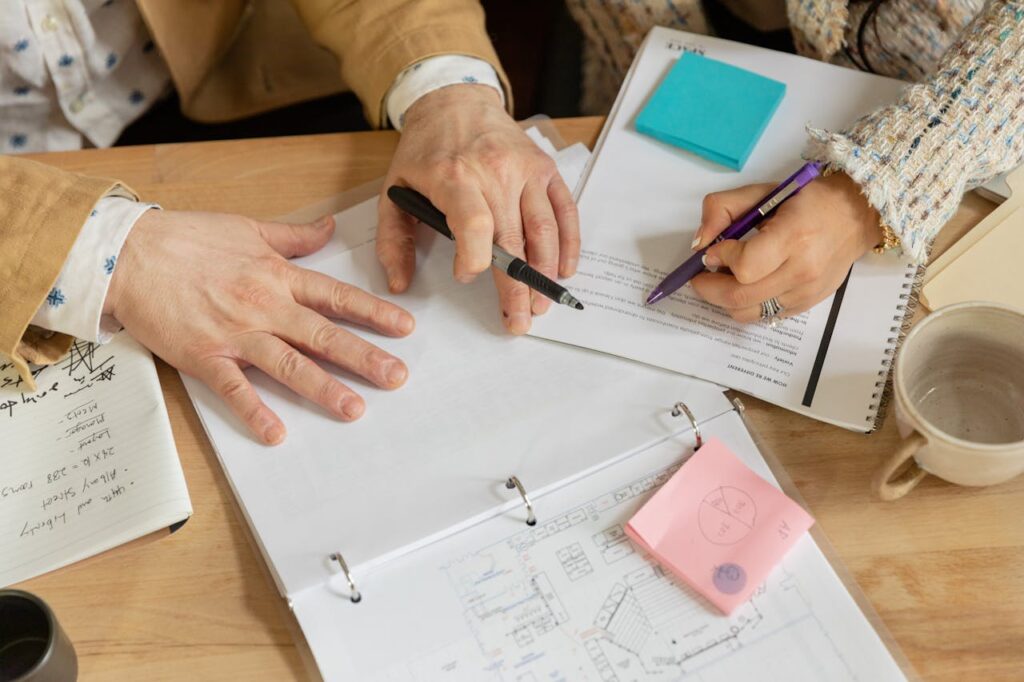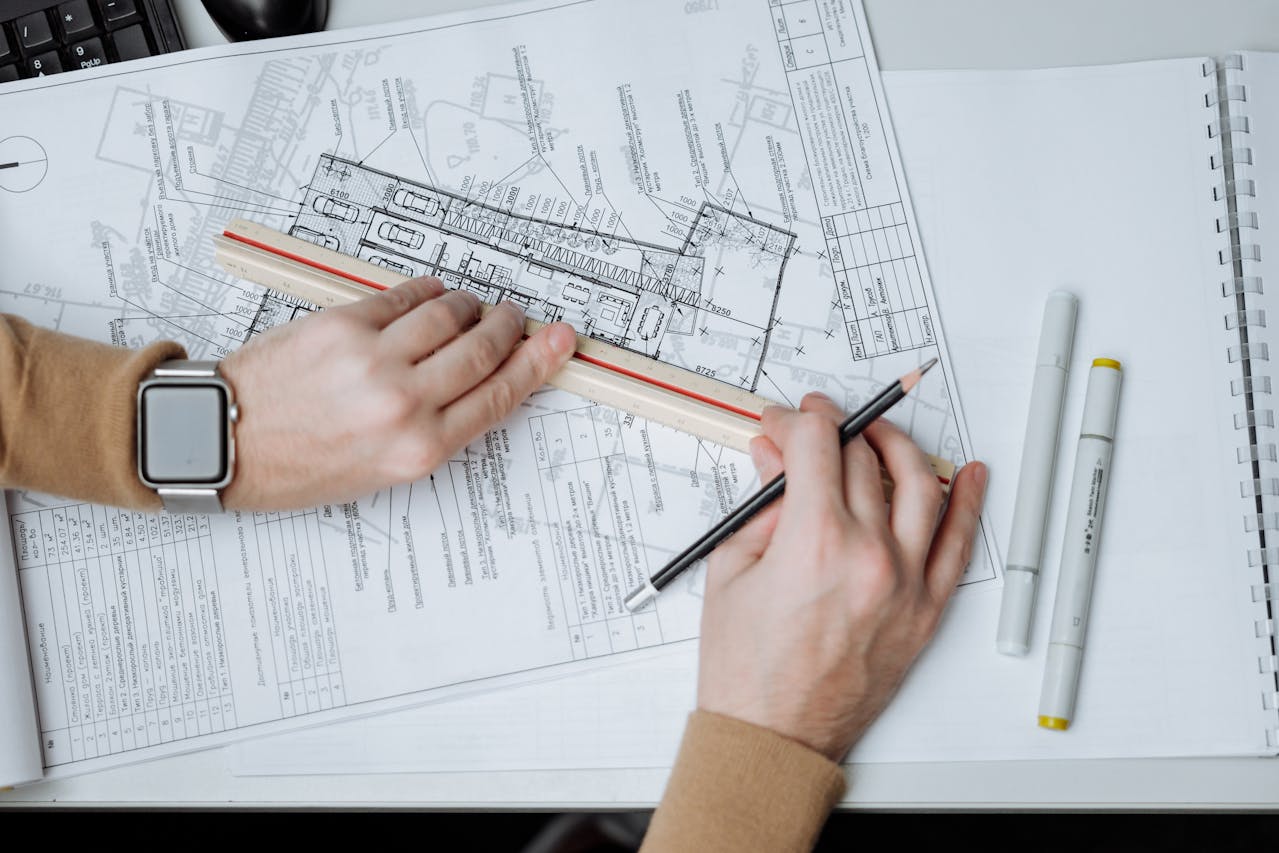Do you sometimes feel a little claustrophobic in your own home? Is your family’s need for space growing? If so, you’re likely asking, “Can I rework/reorganize my home to make it more functional for our family and how we live?”, or “Would a home addition be something to consider?” As with most important topics that will impact your life, there are a few things to consider when making this decision.
 A Few Considerations
A Few Considerations
The first and most obvious consideration is your project budget. In most cases, adding additional square footage to your home by building a room addition will be more costly than renovating an existing space. This is a ‘most of the time’ scenario, because there are rare instances where this may not be true. Budget should be discussed early in any design-build process to ensure you don’t waste time and money designing something that is not financially feasible for you.
The second consideration will be the space needed to realize your dream and make your home more functional. For example, if you want to add an entire bedroom suite, it’s going to be very difficult to accomplish your existing footprint. However, optimizing the space within your home may be the best solution if traffic flow and functionality are the most significant issues.
If an addition is being discussed, the third consideration will be the size of your lot and the zoning requirements in your area. This may require some research with your zoning department, but it is fairly easy for a professional to get this information for you. The topography of your lot also has a lot to do with what you can (and cannot) do when adding to your home. As an example, homes that have sloping backyards can significantly impact the size, shape and cost of an addition.
 Step One: Get An Expert In Your Corner
Step One: Get An Expert In Your Corner
As a first step, we recommend starting with a professional design-build remodeler. Having someone in your corner with experience in this field will help you explore your design options. Choosing the right general contractor might seem intimidating, but we can provide you with information that will help you make this critical decision.
 Step Two: Discovery
Step Two: Discovery
Like many things in life, communication is key. Having a clear and concise picture of your ultimate design goal and sharing that plan with your contractor is vital. You can start by listing what is lacking in functionality in your existing layout. Think about those nuisance issues like the countertop that constantly reaches out and bruises your hip as you walk by or the cramped space you have for entertaining guests. This is the time to brainstorm and address all the issues – big and small – that you would like to see rectified.
After listing all your current existing “issues”, you can then talk to your contractor about possible design solutions. Now is the time to dream a bit and visualize the space – your home – exactly as you would like to see it, both in appearance and functionality. Don’t be too concerned at this point about the “how to” aspect of the process. This is where trust in your contractor comes into play. They have the experience, skill and ability to take your design ideas and turn them into the home of your dreams.
 Step Three: Prioritize The List
Step Three: Prioritize The List
Now we need to be a little more practical. No one likes marking things off their “dream list”, and ideally, you may not have to. However, it’s important during the design process to know where your priorities lie. Being brutally honest with regard to either omitting or adding to your priority list is the key in deciding if you can rework your existing space or if you really need an addition to accomplish your design goals. Use numbers, letters, color codes, whatever works for you, and begin grouping your lists into categories. We laughingly refer to using a Gotta Have It, Really Want It, and Can Live Without It approach. These rough categories will help identify your design wants so that you can refer to them quickly, ensuring you will achieve as many of your critical needs as possible.
 Step Four: Establish A Project Budget
Step Four: Establish A Project Budget
As we mentioned earlier, an addition to your home is typically more costly than renovating your existing spaces, so identifying your monetary comfort zone will be critical to the design process. It’s important to remember that setting a design budget is not about guessing what you think the project will cost. It’s about establishing an amount you are comfortable investing in your home. Setting a clear budget in advance makes it possible to design a project that fits your budget while still giving you as many of your wish list items as possible.
 Step Five: Start Designing
Step Five: Start Designing
You’re now armed with all the necessary pieces to make good design decisions as you determine how you’ll accomplish your goals. Working together with your design-build partner, you’ll have experts on your side of the table throughout the process.


